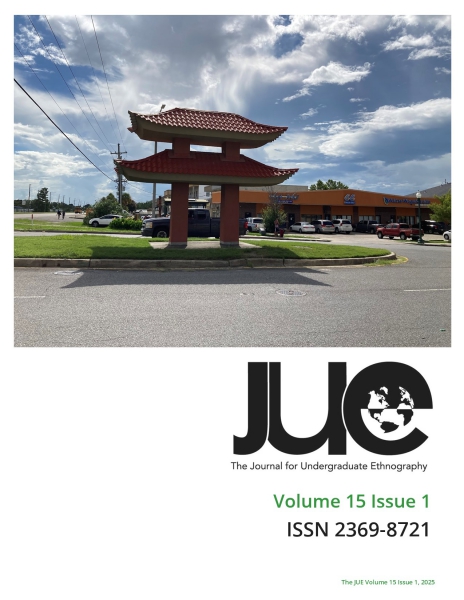Why Rebuild on Toxic, Sinking Ground?: The Challenges for Disaster Recovery in Southeast Louisiana
DOI:
https://doi.org/10.15273/jue.v15i1.12370Abstract
As southern Louisiana is experiencing one of the highest rates of sea level rise in the world, it is not uncommon for residents to hear that it is “too late” to save their homes from the impacts of climate change. Particularly, in the wake of disaster events such as hurricanes and oil spills, heavily damaged areas are often left behind in the recovery process as few developers are willing to take the capital risk to rebuild a sinking neighborhood. Still, some of these residents refuse to be moved and their resilient spirit is widely celebrated. Cultural resilience alone, however, is not enough to resist the onslaught of climate disasters nor counter systemic disinvestment in their communities. Through combining historical and ethnographic insights from the Black
residents in Cancer Alley, the Vietnamese refugee community in New Orleans East, and the Indigenous tribal members of the Grand Bayou Village, this article argues that marginalized landscapes and livelihoods have been structurally made to become untenable within the economic bounds of disaster recovery. Under these circumstances, Louisiana’s coastal communities continue to assert survivance within precarious environments, offering alternative narratives to blind optimism or defeatism for living in an age of climate crisis.


